How The Negroni Became One of the World’s Greatest Cocktails
As Anthony Bourdain once said, “It is three liquors that I don’t particularly like. But you put them together, it’s both aperitif and digestive. It’s a rare drink that can do that.”
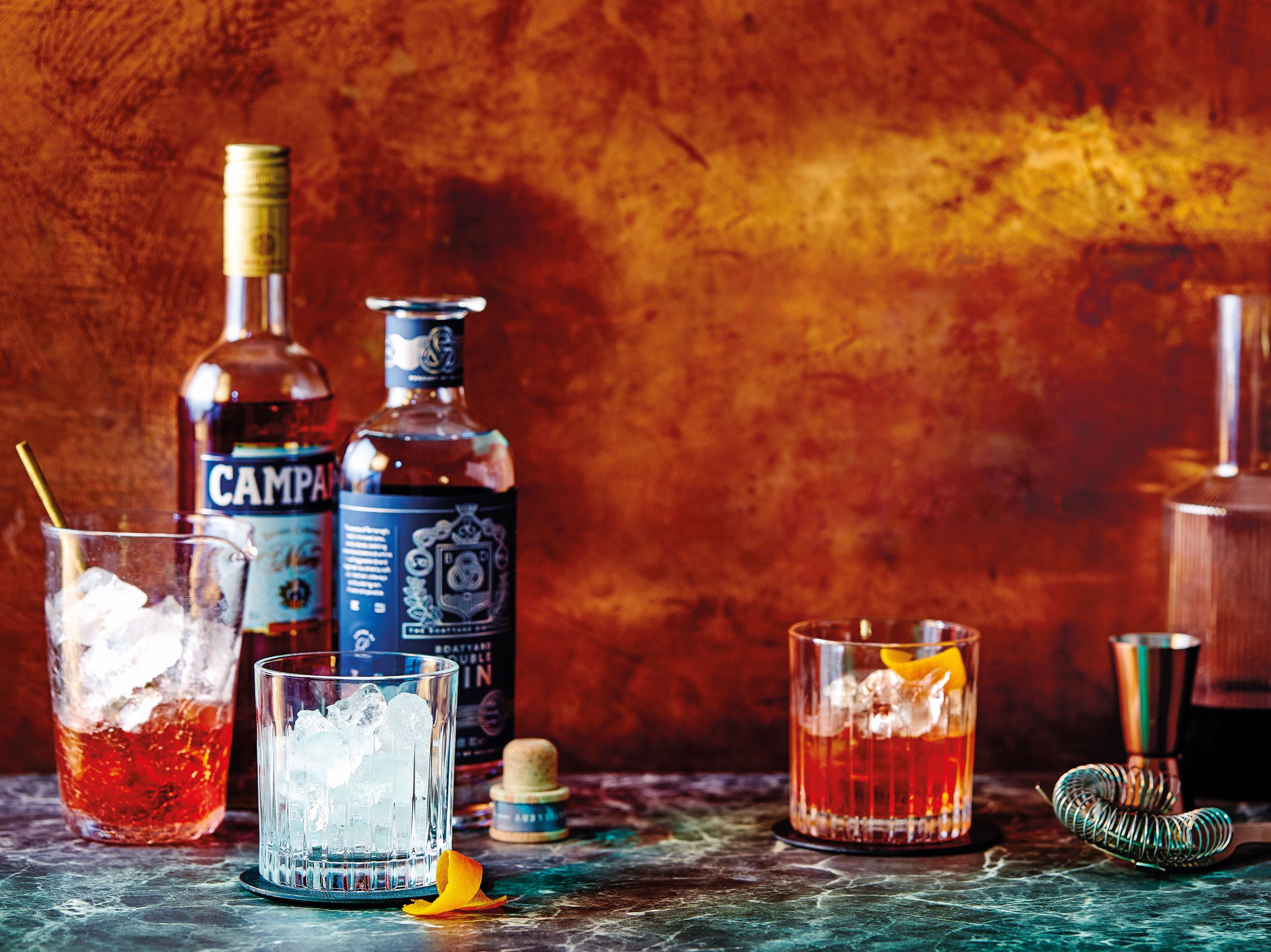
When the Negroni trend first started to peak several years ago, it was still something of a “secret handshake” as Bon Appétit put it, a sign to bartenders, and fellow drinkers, that you were a man of substance, well traveled and wise to the ways of the world.
Now we have an annual Negroni Week and whole bars dedicated to amaro, the bitter liqueur that makes up the classic Negroni’s key component (the other two being gin and vermouth), and yet the Negroni has somehow only increased in insider status, blossoming into a symbol of personal style for well-dressed gentlemen everywhere.
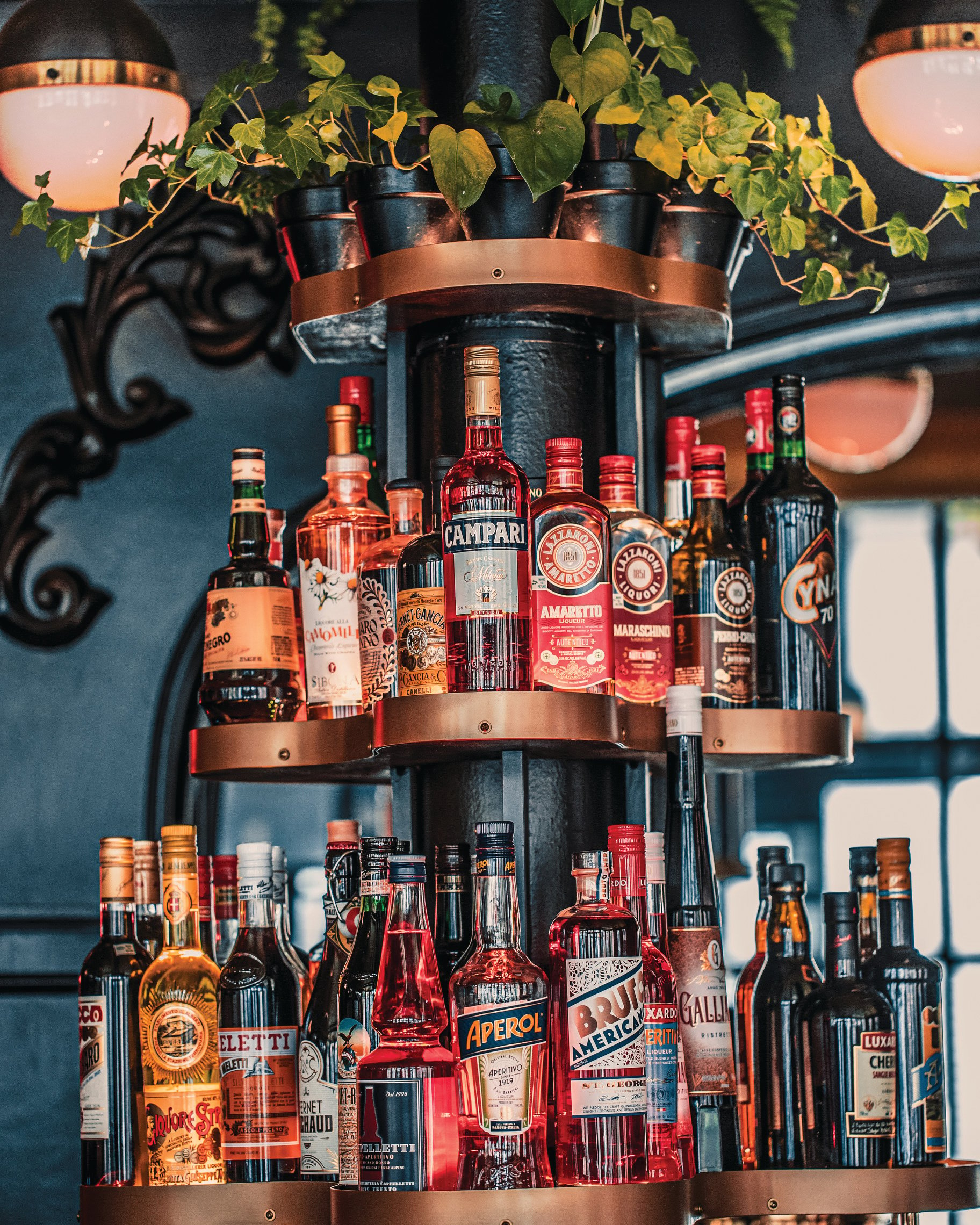
How has the Negroni kept from being bastardized? For one thing, with its potent combination of spirits, devoid of mixer or any other non-alcoholic nonsense, it is unlikely to appeal to the casual drinker.
Not nearly as accessible as its crowd-pleasing cousin, the Aperol Spritz, the Negroni is content to be appreciated by a more discerning class of drinker. And during the pandemic, it seems to have acquired an even more dedicated following, following the New York Times having declared it the “perfect cocktail for 2019.”
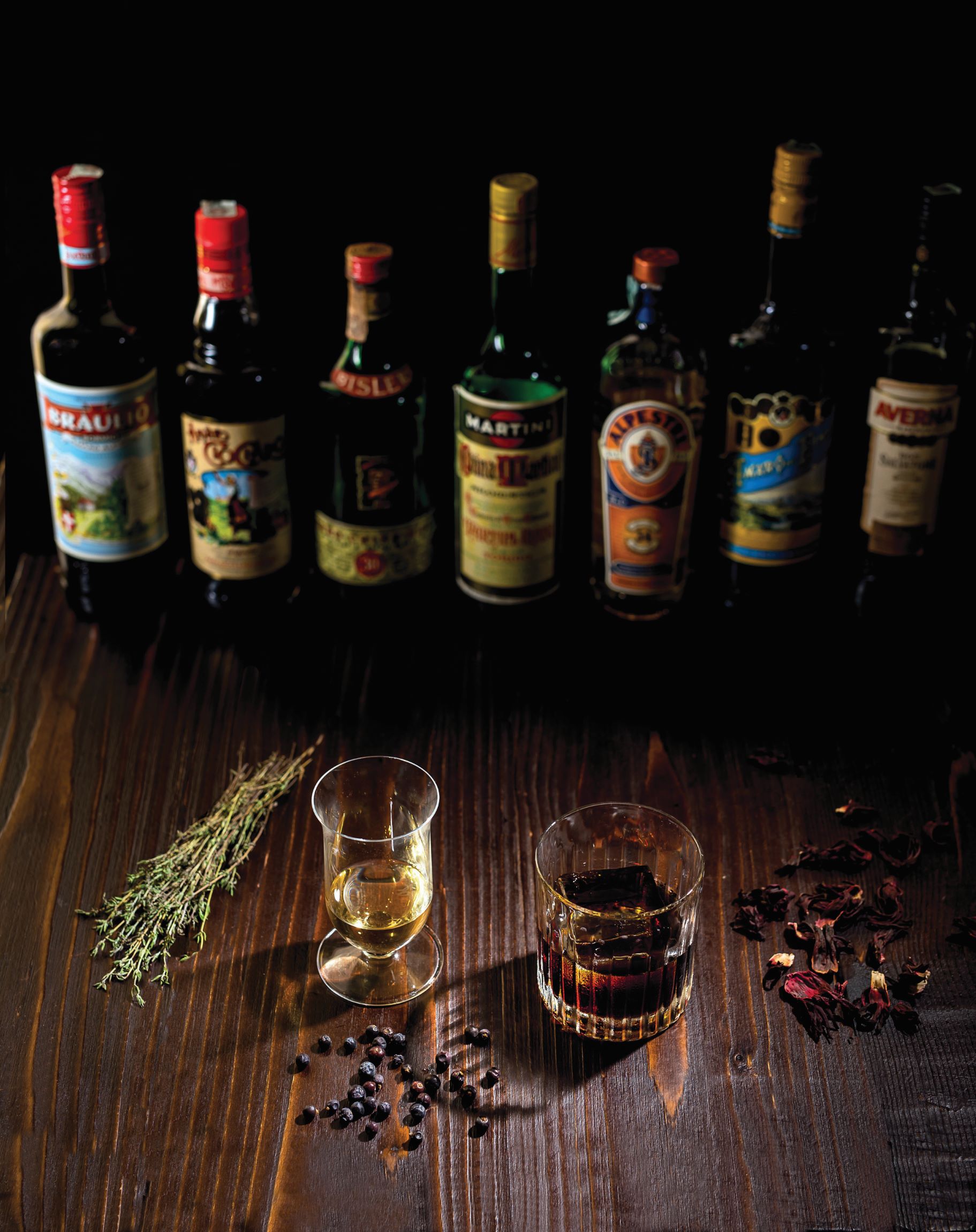
As The Rake wrote recently, “When 2020 happened and the lockdowns began, the Negroni somehow gained a different and, to us, even more important significance. It became a symbol of resistance against the encroaching darkness. It was almost as if, amid the miasma of confusion, its bright red color stood out like a steadfast beacon of solidarity. More and more around the world, it seemed like Negronis were raised almost like defiant middle fingers at the COVID pandemic, as if to say it would not crush our spirits.”

Two new books on the iconic cocktail, which is said to have been invented in Florence in 1919 (though accounts vary), when an aristocratic souse named Count Negroni asked his favorite bartender to make him a stronger version of an Americano by substituting gin for soda water—are adding fuel to the fire, so to speak.
What all can agree on is the proportions of the classic Negroni—equal parts gin, bitter liqueur, and red vermouth. Campari is the traditional bitter used for the drink, though these days it is often substituted.
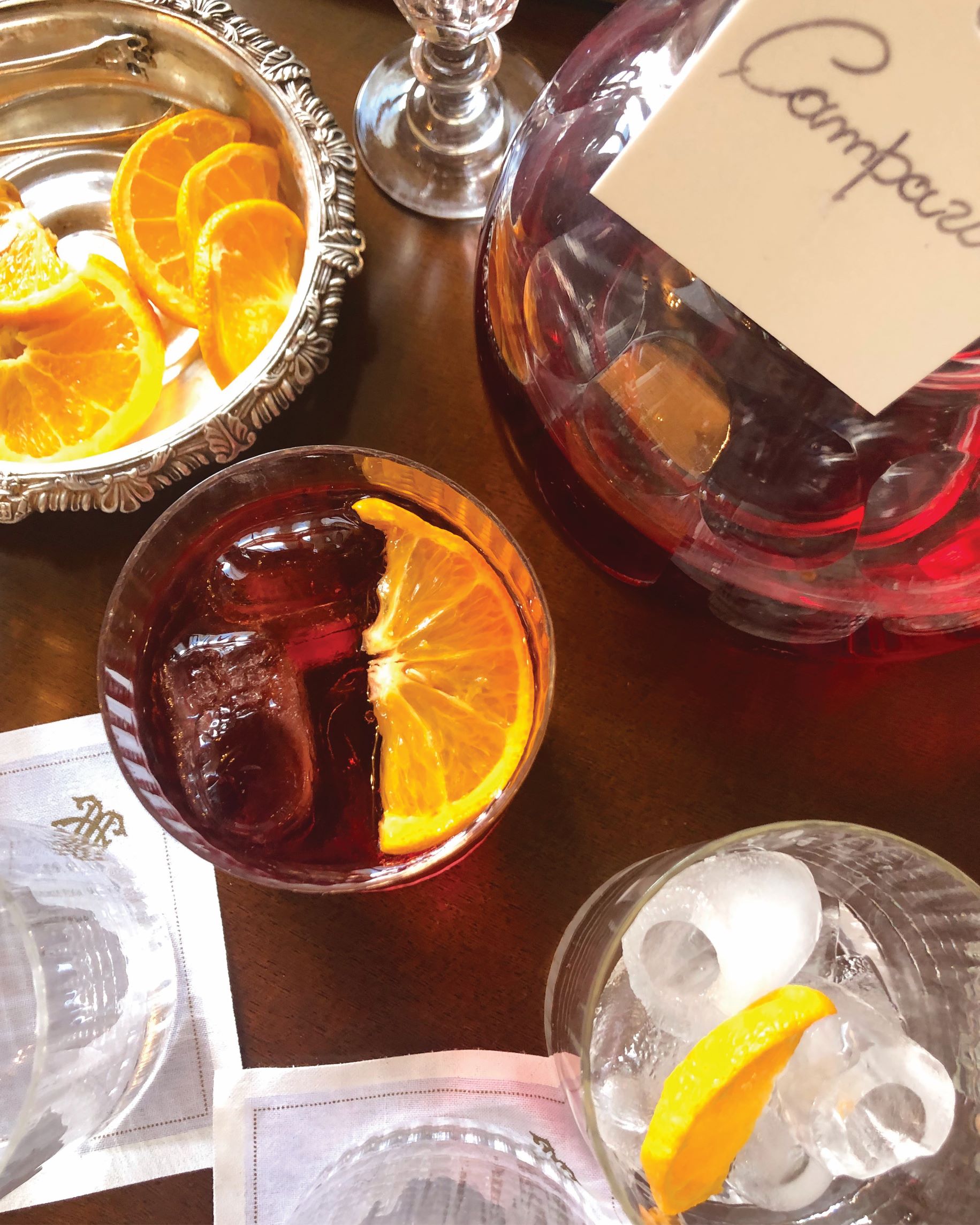
At least some of the credit for the Negroni’s resurgence goes to Anthony Bourdain. As quoted in Matt Hranek’s cool new book The Negroni: A Love Affair with a Classic Cocktail, published by Artisan Books, Bourdain once declared it the perfect drink because of its inherent contradictions.
“It is three liquors that I don’t particularly like. I don’t like Campari, and I don’t like sweet vermouth, and I don’t particularly love gin. But you put them together with that little bit of orange rind in a perfect setting…. It sets you up for dinner, in a way it makes you hungry, sands the edges off the afternoon. After dinner, it’s settling. It is both aperitif and digestive. It’s a rare drink that can do that.”
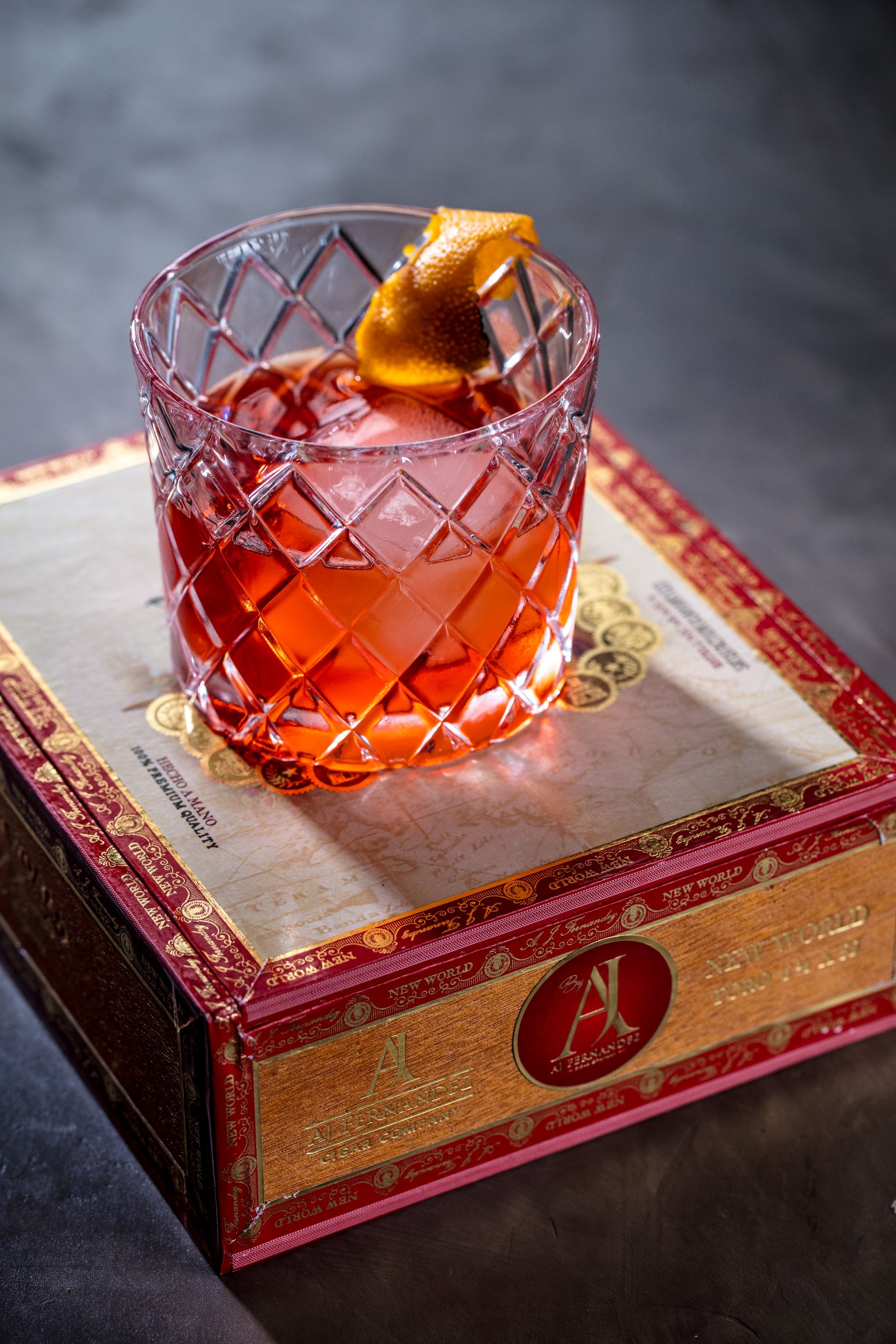
A similar sentiment was earlier expressed by Orson Welles, who wrote from Rome in 1947 after imbibing several, that, “The bitters are excellent for your liver, the gin is bad for you. They balance each other.”
Hranek (of WM Brown Project fame), quoted in The Rake, traces the Negroni’s resurgence (it’s a century old, after all), a bit further back. “I look back at the Negroni and see it staging a return following the financial crisis of 2008,” he muses. “I think that people were searching [for] more authentic timeless things to connect with, and the Negroni, because of its long, enduring history and because it is a genuinely great-tasting and uplifting cocktail, became the drink of choice for many of us.”
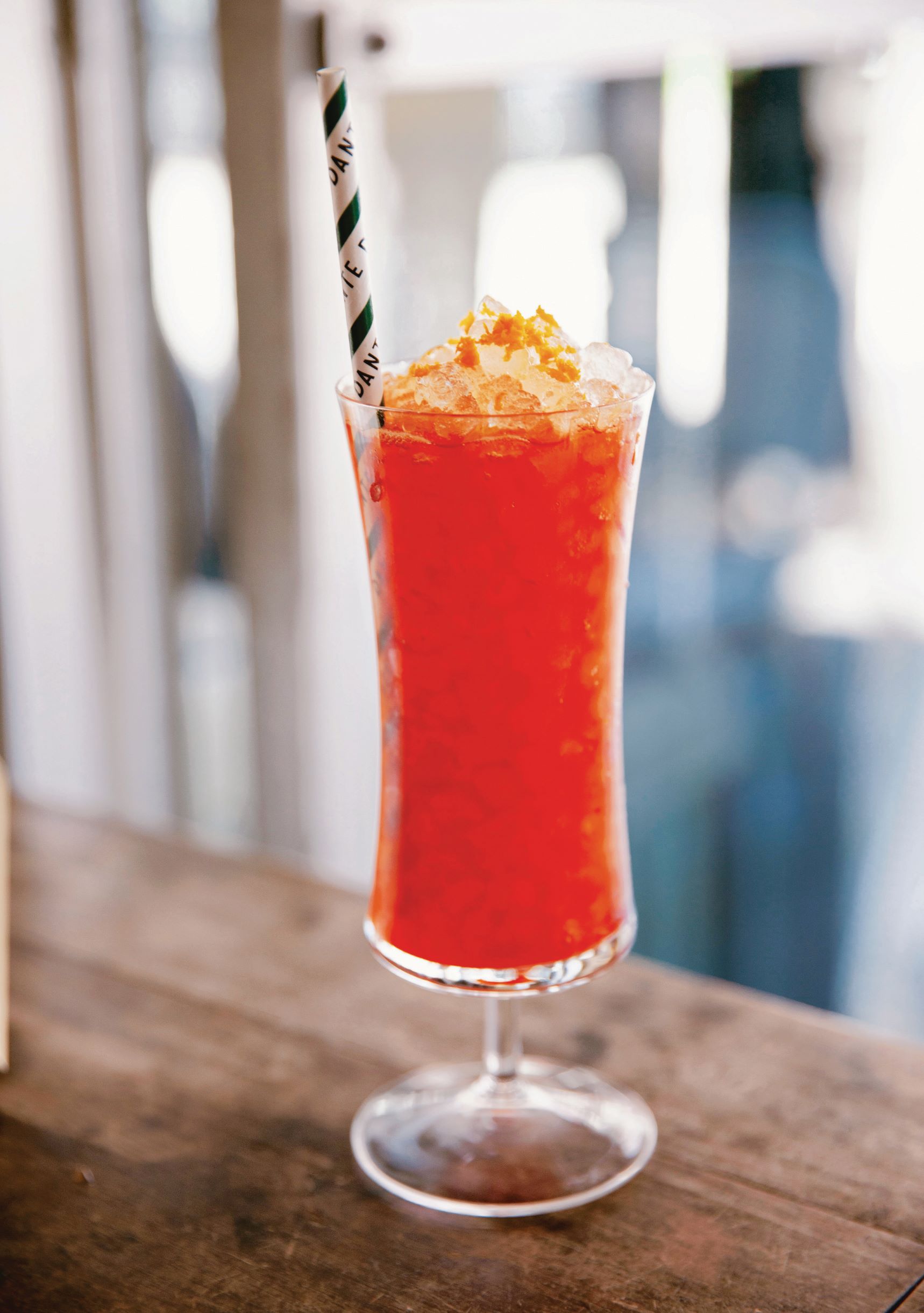
Angel Ramos, founder of the cult NYC tailoring brand 18th Amendment, agreed, telling the magazine, “The Negroni became a statement that you loved things that were authentic. That you wanted to have cocktails in places where you could have conversations, that you loved dressing in a tailored jacket… It was about an attitude of life that took classic values and connected them to the modern world, and the Negroni was a kind of bridge.”
The sartorial connection is an increasingly important one; French luxury watchmaker Bell & Ross recently created a limited edition chronograph with a dial the color of a Negroni for The Rake, while Hranek has collaborated on a Negroni-hued tweed as well as a shirting stripe.
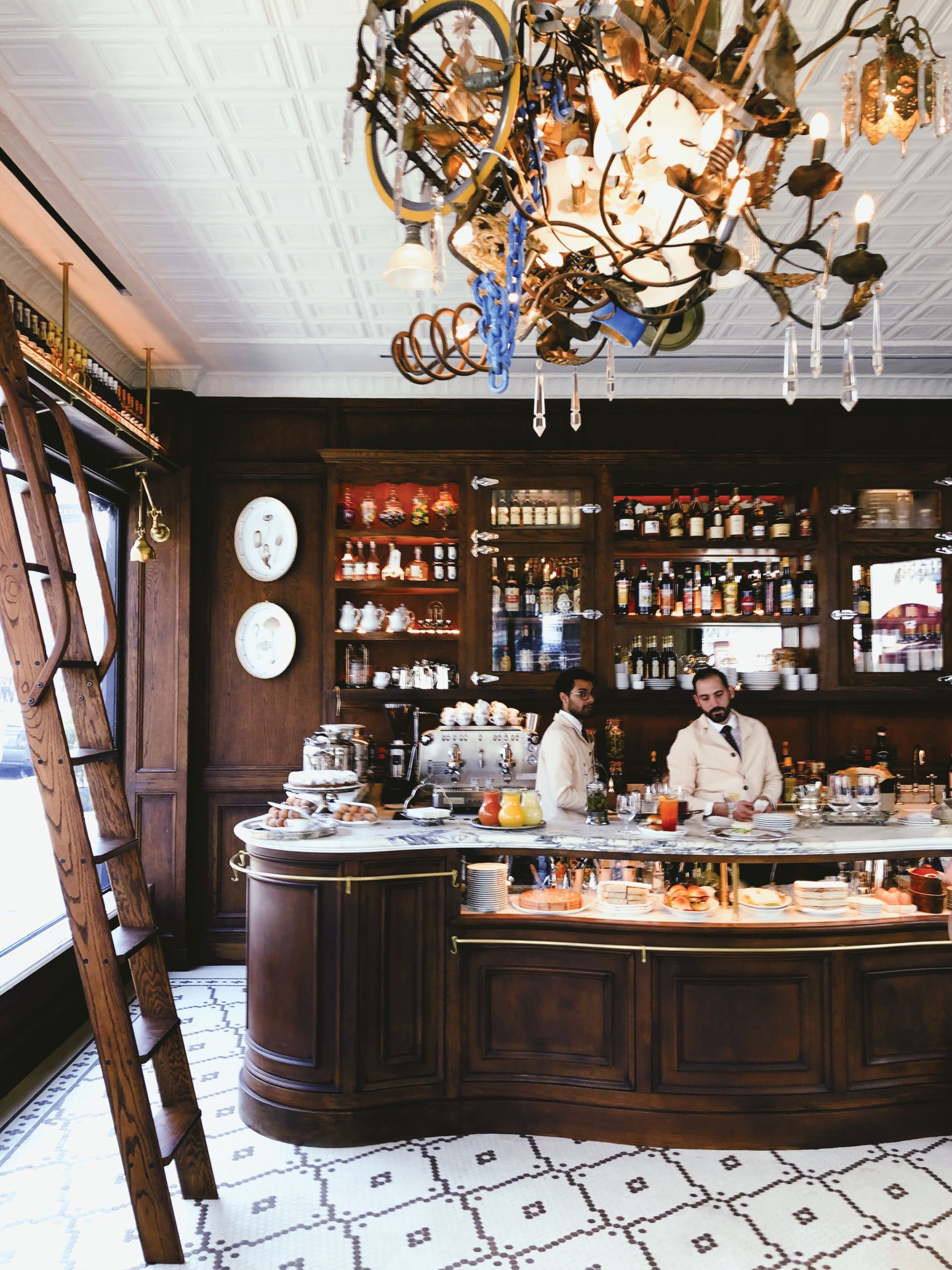
Among those quoted by Hranek is Linden Pride, owner of New York City’s Dante, one of the best bars in the world and the epicenter of the new Negroni culture. “The Negroni is such a simple cocktail,” he points out. “And in this sense, it’s almost impossible to make a bad one. The bitter component of the cocktail is usually what pulls you in—especially as this is a taste that is generally acquired, over time, as our palate matures. Once you’re hooked on that bitter profile, though, the real fun begins.”
“I’ve always felt that the true wonder of the Negroni is that sense of discovery you embark upon once you start to unpeel the layers. Swap out the base spirits with mezcal, bourbon, or variants of gin, or exchange sweet or dry vermouth with an ever-increasing variety of Italian bitters; the complexity and variations on the drink are seemingly endless.”
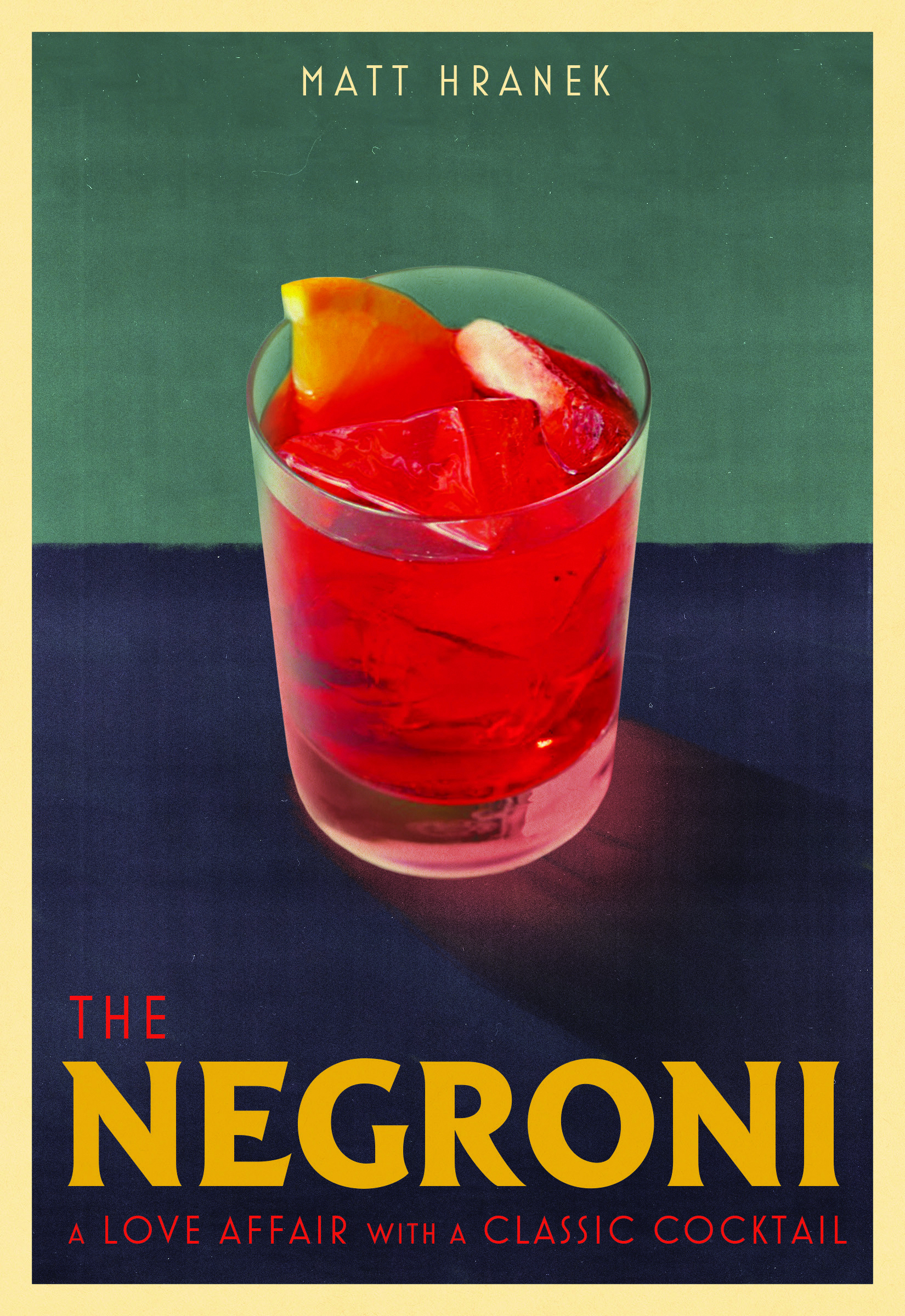
Hranek is more of a traditionalist when it comes to bitters versus other spirits, though he enjoys a range of them in addition to Campari, including Luxardo Bitter, Cappelletti and Meletti 1870.
In addition, he notes that Negronis always taste better in Italy, writing, “As with real estate, sometimes the most important factor in determining the enjoyment of a Negroni comes down to one word: location. For me, nowhere is that more evident than at the bar of the Hotel Il Pellicano in Porto Ercole, on the Tuscan coast.”
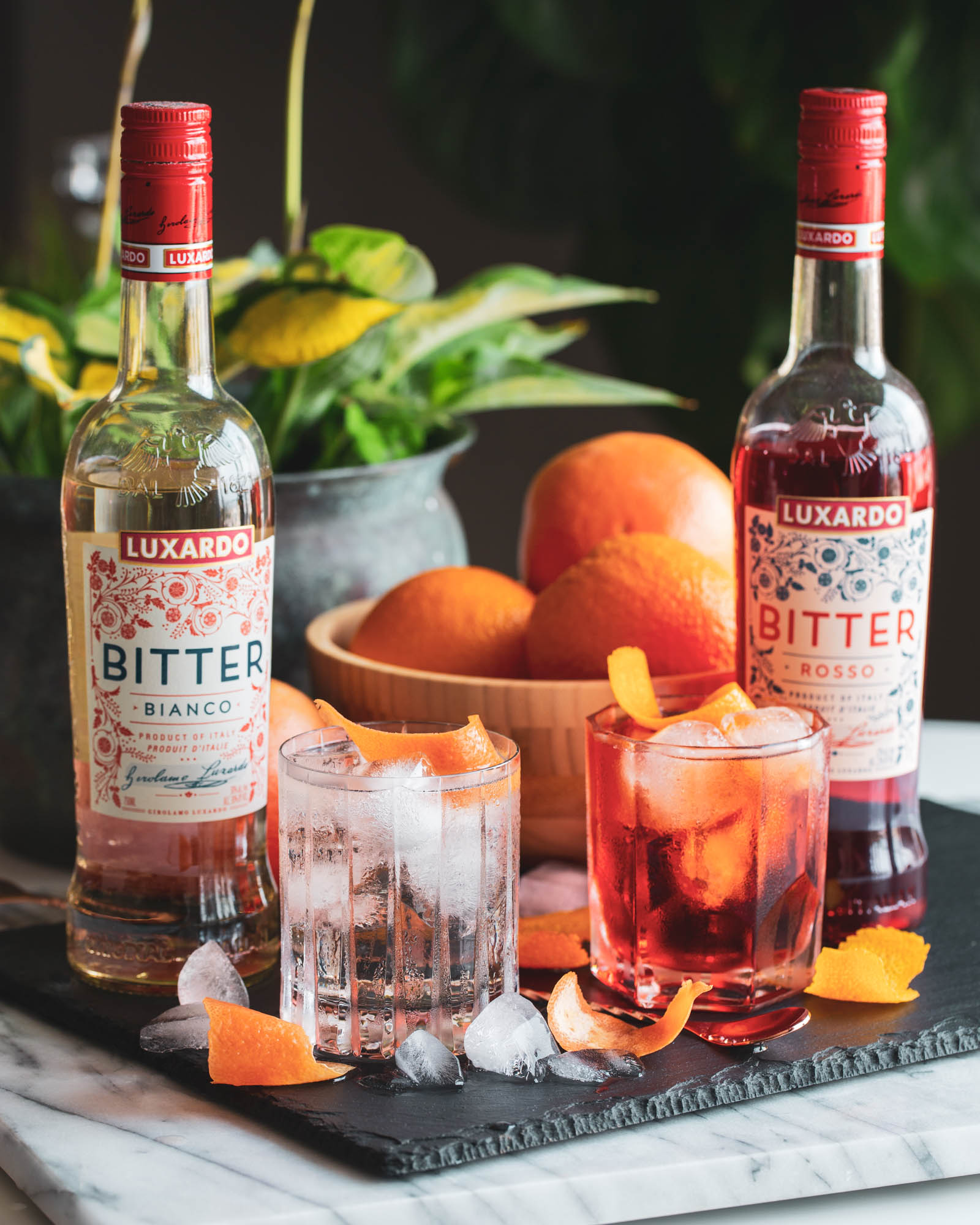
“There is something about the caught-in-time elegance, the view of the sea from the clifftop, and the expertise and charm of the head barman, Federico Morosi, that makes it a singular experience. Federico considers the Negroni a symbol of Italy, especially of Florence—like a bespoke suit in its eleganza and singular character. He enjoys the drink just as much with a square of dark chocolate and a superb Tuscan cigar after dinner, as with salty snacks during the aperitivo hour.”
In their beautiful new book from Ryland Peters & Small, as the title suggests—Negroni: More Than 30 Classic and Modern Recipes for Italy’s Iconic Cocktail, David T. Smith and Keli Rivers note there are myriad ways to make one, one of their favorites being the White Negroni (or Negroni Bianco).
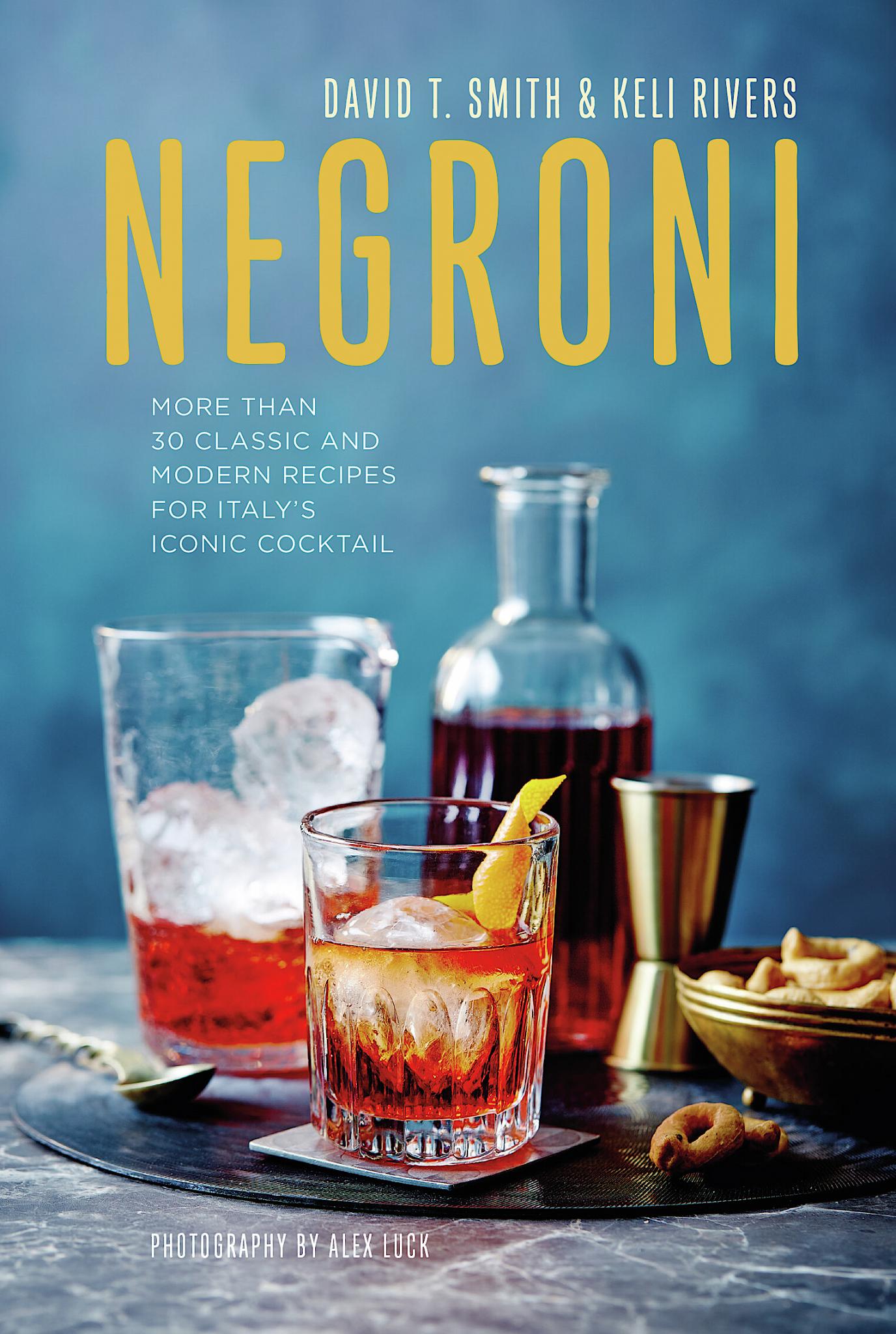
“The Negroni in all its incarnations has inspired social clubs, clothing, books, badges and pins,” they note. “The cocktail even has a whole week dedicated to it.” And such are the strong feelings of the drink’s legions of supporters, they write, “that some even have tattoos with slogans such as ‘Equal Parts or Die!’ to show their dedication.”
This article originally appeared in the Sept/Oct 2021 issue of Maxim.
